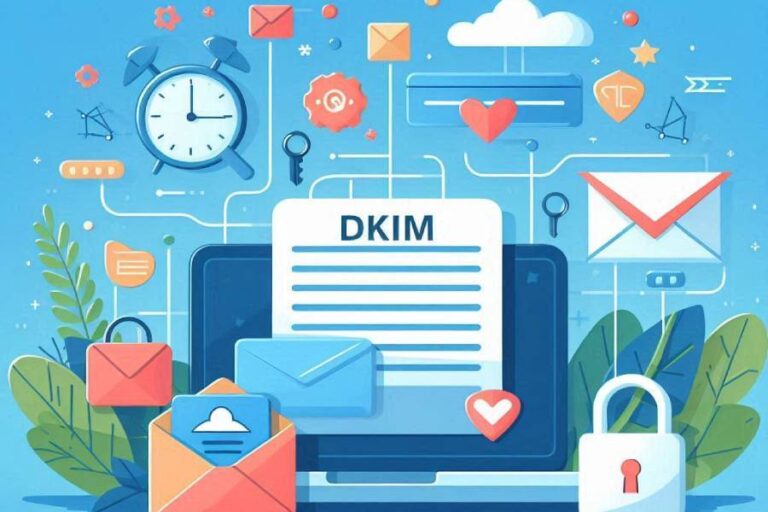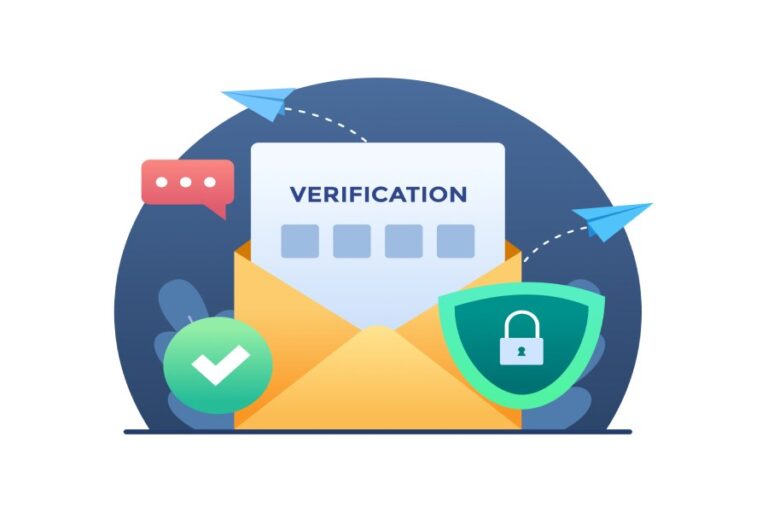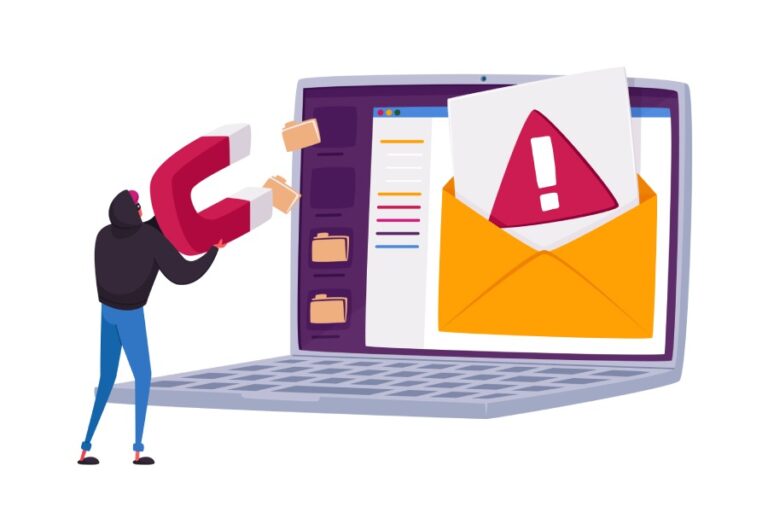Setting DKIM keys for Salesforce
Deploying and configuring DKIM, along with implementing DMARC, is critical for Salesforce users to protect their domain’s reputation, improve email deliverability, and maintain the integrity and authenticity of their email communication. DKIM and DMARC work together by integrating cryptography and policy-based authentication to verify if a cybercriminal changed an email’s content or spoofed the sender…










